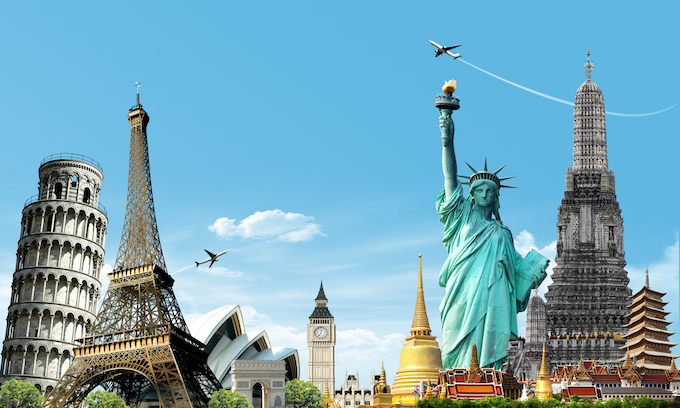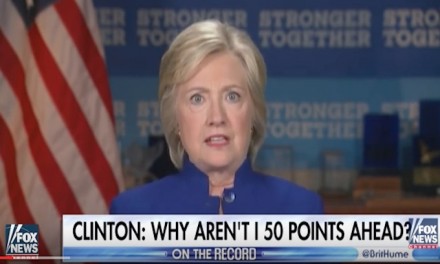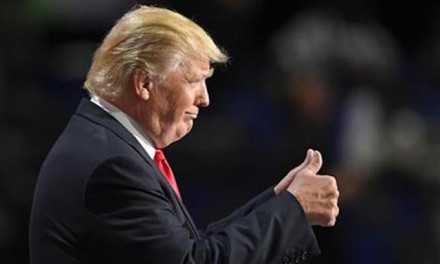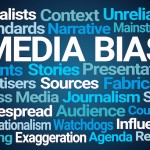President Trump may have lived the majority of his 73 years in New York City, yet he remains wildly unpopular in the nation’s most populous city. In the 2016 presidential election, Mr. Trump took only 10% of the vote in Manhattan against Democratic rival Hillary Clinton’s 86%. Even in his native Queens, the boisterous billionaire managed only 22 % of the vote.
It’s not only Gotham that has a distaste for Mr. Trump, or the Republican Party as an institution. American cities as a whole have turned against conservatives. Only one municipality with more than 1 million residents — San Diego — has a Republican mayor, and Kevin Faulconer has gone to great lengths to distance himself from his party. The 2018 midterms, meanwhile, wiped out most of the few remaining Republican members of Congress who represented cities or inner-ring suburbs. Even Southern California’s Orange County — I repeat, Orange County — is now dominated by Democrats in Congress, a historical turnabout as bizarre as the Chicago Cubs winning the World Series in 2016.
The Republican disappearance from urban cores has coincided with its skyrocketing popularity in the hinterlands. Mr. Trump, the native New Yorker, was only able to win the presidency because he tallied up huge margins in vast swaths of the country where people and businesses are few and far between — that is to say, the parts of America that resemble New York the least. These splits replicate themselves at the state level. Why, for instance, is Minnesota a competitive state? Because Democrats win huge margins in the Twin Cities and lose badly across the vast parts of the state that are sparsely populated.
This is not an “only in America” story. In fact, what’s striking is how this particular political pattern is replicating itself across the globe.
In Poland, the hip urbanities of Warsaw detest their conservative national government, which is repeatedly reelected by the conservative Catholic voters of Poland’s “red states.” (“Red States of Poland” of course had a rather different connotation 30 years ago.) In Hungary, Prime Minister Viktor Orban’s blend of nationalism, (arguable) anti-Semitism, and social conservatism sells in small cities and rural towns. But Mr. Orban is loathed in Budapest, Hungary’s cosmopolitan capital.
Brexit won the day because Britain’s hinterlands, especially in England, voted strongly for it; London’s voters were and remain strongly opposed to their country’s exit from the European Union. The denizens of secular Tel Aviv, governed by a leftist mayor, are wildly out of step with the politics of the rest of Israel. And Canadian Prime Minister Justin Trudeau recently squeaked to reelection with healthy totals in big cities like Toronto and Vancouver, while his party was destroyed in rural Saskatchewan and Alberta.
In Turkey, meanwhile, Istanbul has turned strongly against President Recep Tayyip Erdogan’s blend of aggressive foreign policy and Islamist social policy. (Ironically, Mr. Erdogan bears a Trump-like connection to Istanbul; he is a native of the city that has turned against him.) And Moscow is home to frequent demonstrations against the government of Vladimir Putin, who remains a hero in Russia’s rural areas.
It’s tempting to chalk this relentless sameness to recent trends — to “globalization” for instance. Why do Russian and American political portray similar trends? Why, for the same reason that you can grab a Big Mac just off Red Square. Or perhaps it’s “social media,” the ostensible cause of, well, everything these days. Is it because of likes and retweets and TikTok videos that Poland has a red-blue political divide familiar to us Yanks?
A young Barack Obama, before he was even elected to the Senate, gave a speech to the Democratic National Convention in 2004 that skyrocketed him to political stardom. Mr. Obama rhapsodized that there were no “red states and no blue states” but “only the United States.” Mr. Obama was wrong, of course, about both the United States and much of the rest of the world.
And he was historically mistaken, too. For far from being a product of the internet or globalization age, the urban-rural split is a tale as old as time.
Take an account from the great historian of Imperial Rome, Tacitus, At one point in his “Annals,” Tacitus describes a decadent display by Emperor Nero. “First, he recited a poem on the stage; then he entered the theater, and conformed to all the laws of harp-playing, not sitting down when tired, nor wiping off the perspiration with anything but the garment he wore, or letting himself be seen to spit or clear his nostrils. Last of all, on bended knee he saluted the assembly with a motion of the hand, and awaited the verdict of the judges with pretended anxiety. And then the city-populace, who were wont to encourage every gesture even of actors, made the place ring with measured strains of elaborate applause.”
But not all applauded Nero’s antics: “All, however, who were present from remote towns, and still retained the Italy of strict morals and primitive ways; all too who had come on embassies or on private business from distant provinces, where they had been unused to such wantonness, were unable to endure the spectacle or sustain the degrading fatigue.”
Yes, there were Red State Romans, too.
• Ethan Epstein is deputy opinion editor of The Washington Times. Contact him at [email protected] or on Twitter @ethanepstiiiine.
© Copyright (c) 2019 News World Communications, Inc.
—-
This content is published through a licensing agreement with Acquire Media using its NewsEdge technology.


















Recent Comments